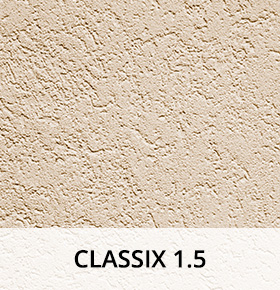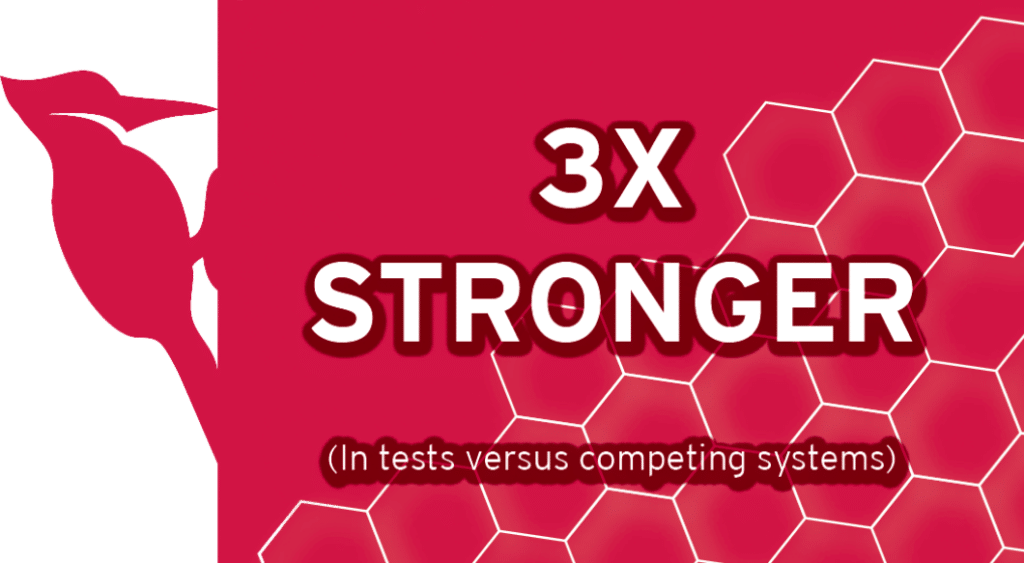EIFS
EIFS Wall Systems
Non-Combustible Systems
The advantages of our systems
High R-Value
EIFS incorporates expanded polystyrene (EPS) insulation to act as the backing for the EIFS lamina (basecoat, mesh, finish coat). At one inch thickness, the EIFS expanded polystyrene insulation provides a metric R-Value of R 0.70 @ 10°C (Imp R 4.0 @ 50°F)
Continuous Insulation – No thermal bridges
Insulation fastened to the exterior of the building is much more effective than the same amount located within the stud cavity (batt insulation). By wrapping the building in a seamless ‘blanket’ of insulation, the EIFS bridges the studs of the open wall construction and significantly reduces the amount of energy (cooling or heating) that is allowed to escape. Additionally, EIFS incorporates the use of adhesive to fasten the insulation to the assembly. By eliminating the use of mechanical fasteners you prevent perforations of the system; a potential cause for energy loss. As a result, the building becomes more energy efficient with lower operating costs.
Continuous membrane
The liquid applied resistive barrier (LA-WRB) applied directly over the sheathing/substrate is a key element in enhancing the energy efficiency of the insulation. This secondary barrier may be vapour permeable (breathable) or it may be a vapour retarder (non-breathable) depending upon wall performance requirements. Moreover, a self-adhering waterproof tape is used to seal window and door openings, over expansion joints and where dissimilar substrates meet. All these elements seal the envelope and thus prevent air infiltrations.
Secondary WRB membrane
EIFS include a trowel applied secondary liquid-applied weather-resistive barrier (LA-WRB) membranes to protect the substrate from damage. Basecoat, finish coats and roll-on coatings are all vapour permeable (breathable) components. This characteristic allows moisture (vapour) to dissipate through the materials; exiting the system.
Drainage
The EPS-GD expanded polystyrene rigid panel is the insulation component of the wall systems. The panel possesses the advantage of being geometrically designed at the back with 6 mm channels to permit drainage. This innovative design allows for better moisture management without compromising the insulation value of the panel.
Dew point management
Dew point is simply defined as the temperature at which water vapour will condense into moisture, at a given relative humidity. By installing the majority of insulation to the exterior of the wall assembly, the dew point also moves to the exterior. This helps protect moisture-sensitive materials by greatly reducing the potential for moisture to condense, freeze, and create problems within the wall cavity.
Shapes
The EPS insulation board used in EIFS can be grooved, moulded, and shaped into a near-endless variety of designs. Cornice details, battens, quoins, and window trims can all be manufactured out of EPS insulation and incorporated directly into an EIFS assembly. This dramatically increases the building’s aesthetic value while reducing costs, installation time, and the total weight of the facade.
Colours and textures
EIFS finish coats are available in an unlimited range of colours and in a wide variety of textures. Aside from 300 standard colours, custom matching is also available. This allows building owners to choose specific corporate colours, or unique one-of-a-kind colours for their projects. The design possibilities are endless.
Textures
Our finishes are characterized by the richness of textures we offer. Whether you are looking for a contemporary or classic look, these textures will meet all your design and style ambitions.
The Leadership in Energy and Environmental Design (LEED) Green Building Rating SystemTm encourages global adoption of sustainable green building. Exterior Insulation Finish Systems (EIFS) can contribute up to 27 points according to LEED® certification. LEED®.
Colours and Textures


EIFS Wood Packer Repair
The application of GRAPHEXcoat is suitable over both new and existing EIFS (Exterior Insulation Finish Systems) and resists forces over 9X times the average pecking force of woodpecker strikes (in tests over 300+ consecutive strikes).
Superior Durability

Ultimate Design Flexibility
WARRANTY.
